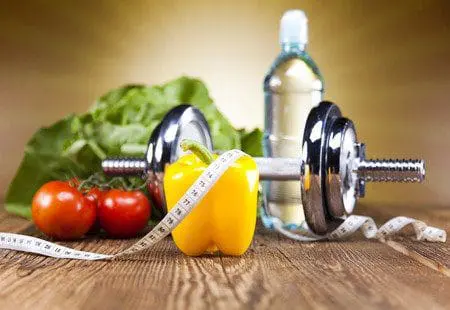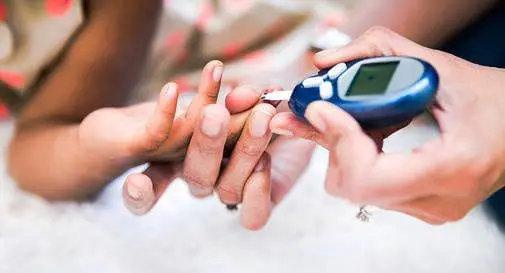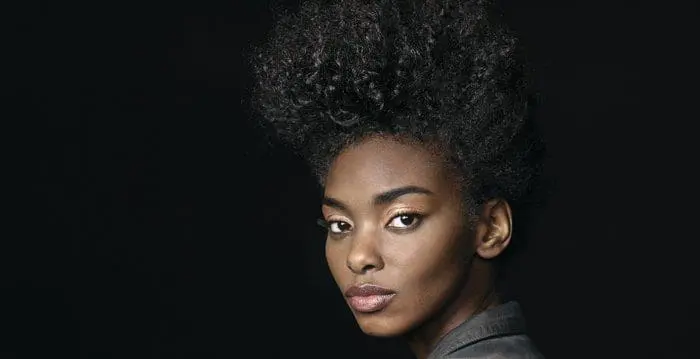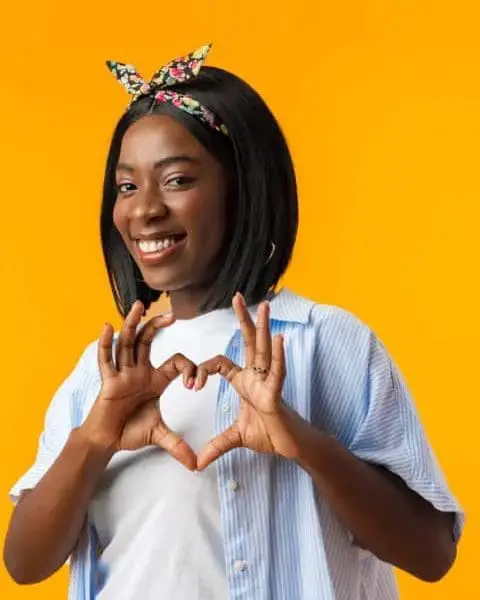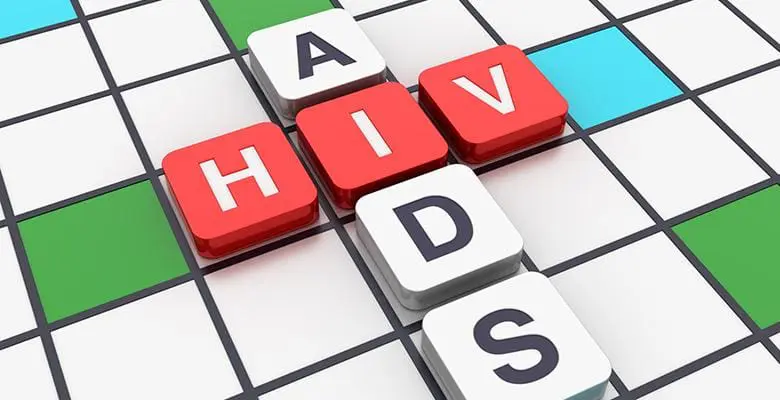
Most of us are aware of the term HIV/AIDs especially with HIV/AIDS education being compulsory in most institutions and through social community based organizations. Over the years, managing and preventing the virus has become easier as there is more information on most platforms including social media educating people on the virus. Let us first get to understand more on how it works.
What is HIV/AIDs?
HIV stands for human immunodeficiency virus. It is the virus that can lead to acquired immunodeficiency syndrome, or AIDS, if not managed. Unlike some other viruses, the human body can’t get rid of HIV completely, even with treatment. HIV attacks the body’s immune system, specifically the CD4 cells (T cells), which help the immune system fight off infections. Untreated, HIV reduces the number of CD4 cells (T cells) in the body, making the person more likely to get other infections or infection-related cancers.
How and where can I get a HIV test?
Times are changing. Gone are the days when you had to visit a clinic so as to know your HIV status. You can now carry out the test yourself at the comfort of your home in an affordable, private and super convenient way. Self-examination only takes you a short period of time and you can rest assured of your status. If you may be having any concerns and require assistance, Besure.co.ke is the website for you as it has more info on how to take the test. The site also has other support websites and a list of private providers who can help you with the process. There’s also a LVCT Health hotline 1190 (mainly for youth).
I have done the test and the results came out positive. What next step should I take?
Testing positive for HIV often leaves a person overwhelmed with questions and concerns. It’s important to remember that HIV is a manageable disease that can be treated with HIV medicines. The first step after testing positive is to see a health care provider, even if you don’t feel sick. People with HIV work closely with their health care providers to decide when to start HIV medicines and what HIV medicines to take.
To lower your risk of transmitting HIV,
- Take medicines to treat HIV (antiretroviral therapy or ART) the right way every day.
- Use condoms the right way every time you have sex. Learn the right ways to use a male condom and a female condom.
- If your partner is HIV-negative, encourage them to talk to their health care provider to see if taking daily medicine to prevent HIV (called pre-exposure prophylaxis, or PrEP) is right for them.
- If you think your partner might have been recently exposed to HIV—for example, if the condom breaks during sex and you are not virally suppressed—they should talk to a health care provider right away (no later than 3 days) about taking medicines (called post-exposure prophylaxis, or PEP) to prevent getting HIV.
- Get tested and treated for STDs and encourage your partner to do the same.
- Maintain a healthy lifestyle constituting of regular exercises, balanced diet and avoid alcohol and other drugs.
I have done the test and the results came out Negative. What next step should I take?
A negative test result can be a sigh of relief. However, in some cases, negative result doesn’t necessarily mean that you don’t have HIV. That’s because of the window period—the time between when a person gets HIV and when a test can accurately detect it. The window period varies from person to person and is also different depending upon the type of HIV test.
Visit health care provider to learn more about the window period for the test you’re taking. If you’re using a home test, you can get that information from the materials included in the test’s package. If you get a HIV test within 3 months after a potential HIV exposure and the result is negative, get tested again in 3 more months to be sure. When the test comes out negative again, you can do more research on how to prevent yourself from contracting the virus.
There are ways to help you stay negative. Here are a few of them;
- Condoms (For both males and females)
- VMMC (voluntary male medical circumcision)
- Seek out PMTCT services (prevention of mother to child transmission)
Remember, prevention is always better than cure. Visit our branches and get a self-testing kit.

